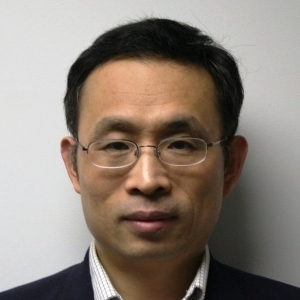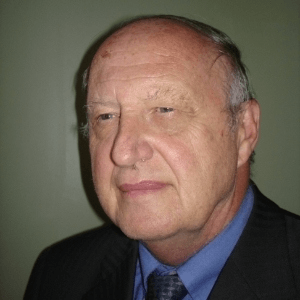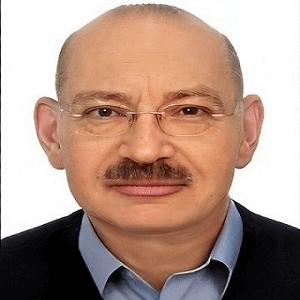Due to the very demanding and surprising features of nanomaterials and nanosystems, nanoscience and nanotechnology have risen to the forefront of a wide range of research topics in recent decades. Nanomaterials in various forms (0D, 1D, 2D, 3D) and phases or nanosystems can be used in a wide range of applications, from biomedical to industrial engineering, thanks to these features. Furthermore, these resources frequently serve as an interdisciplinary link between many scientific and technological fields. Models and simulations combined, when accounting for the effects of numerous processes occurring at the nanoscale, tend to highlight unsolved challenges while permitting remarkable breakthroughs that drive forward the wide spectrum of nanostructured materials-based technologies. By addressing the blind spots of current empirical models, computational and mathematical modelling tools have shown promise as a promising strategy for broadening the horizon of nanomedicine.
- Carbon Nanotube Nanocomposites
- Coupled, Multi-Physics Problems
- Machine Learning and Artificial Intelligence
- Mathematical Modelling
- Mesoscopic/Macroscopic Formulations
- Modelling Of Nanophase Separations
- Multi-Scale Computational Approaches
- Nano-Bio Interactions Modelling
- Numerical Studies of Nanocrystals and Nanocomposites
- Physical Nanomaterial Models for Experimental Design and Characterization
- Quantitative Structure-Activity Relationship (QSAR)
- Quantitative Structure-Property Relationship (QSPR)

Thomas J Webster
Hebei University of Technology, United States
Hossein Hosseinkhani
Innovation Center for Advanced Technology, Matrix, Inc., United States
Hai Feng Ji
Drexel University, United States
Paulo Cesar De Morais
Catholic University of Brasilia, Brazil
Azzedine Bensalem
Long Island University, United States
Robert Buenker
Wuppertal University, Germany
Rafal Kozubski
Jagiellonian University in Krakow, Poland
Sylwia Wcislik
Kielce University of Technology, Poland
Raman Singh
Monash University-Clayton Campus, Australia


Title : Circumventing challenges in developing CVD graphene coating on mild steel: A disruptive approach to remarkable/durable corrosion resistance
Raman Singh, Monash University-Clayton Campus, Australia
Title : Highlighting recent advancements in electromagnetic field subwavelength tailoring using nanoparticle resonant light scattering and related topics
Michael I Tribelsky, Moscow State University, Russian Federation
Title : The impact of nanomedicine: 30,000 orthopedic nano implants with no failures and still counting
Thomas J Webster, Hebei University of Technology, United States
Title : Logistic-modified mathematical model for tumor growth treated with nanosized cargo delivery system
Paulo Cesar De Morais, Catholic University of Brasilia, Brazil
Title : Current and future of red and black phosphorus nanomaterials
Hai Feng Ji, Drexel University, United States
Title : Azodye photoaligned nanolayers for liquid crystal: New trends
Vladimir G Chigrinov, Hong Kong University of Science and Technology, Hong Kong
Title : Atomistic simulation of chemical ordering phenomena in nanostructured intermetallics
Rafal Kozubski, Jagiellonian University in Krakow, Poland
Title : The enhanced cytotoxic effect of curcumin on leukemic stem cells via CD123-targeted nanoparticles
Wariya Nirachonkul, Chiang Mai University, Thailand
Title : Efficiency of nanoparticles (Micromage-B) in the complex treatment of multiple sclerosis
Andrey Belousov, Kharkiv National Medical University, Ukraine
Title : Innovative method of nanotechnology application in the complex treatment of multiple sclerosis
Andrey Belousov, Kharkiv National Medical University, Ukraine